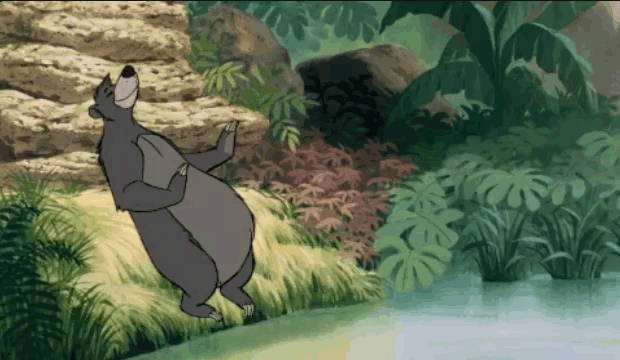Topic Tree
ACTIVITY
NOTES
Eco-system
It is defined as a functional unit of nature, where living organisms interact among themselves and also with the surrounding physical environment.
Hence, there are two main components of the ecosystem:
Biotic: Living organisms such as plants, animals, microorganisms, and humans.
Abiotic: It includes physical factors such as temperature, rainfall, wind, soil, and minerals.
Examples of natural ecosystems: forests, ponds, lakes, etc., and human-made or artificial ecosystems are gardens, crop-fields, aquarium, etc.
Ecosystem consists of various organisms which can be classified as producers and consumers.
Producers are the organisms which make organic compounds like sugar, starch, etc., from inorganic substances with the help of sunlight and chlorophyll.
Consumers are the organisms which are dependent on producers for their nutrition. They can be grouped as herbivores, carnivores, omnivores, parasites, and decomposers.
Decomposers are the microorganisms (bacteria & fungi) which break down complex organic substances (dead remains & waste material of living organisms) into simpler inorganic substances that go back into the soil and are used up again by the plants.
Thus, they help in proper cycling of the nutrients in an ecosystem.
Have you ever wondered why we need to clean aquariums but not lakes or ponds?
It is because an aquarium is an artificial and incomplete system which lacks producers, food chains, and decomposers.
Hence, it lacks natural nutrient recycling and self-cleaning abilities. In contrast, lakes or ponds are natural and complete ecosystems where there is perfect recycling of nutrients and thus does not need to be cleaned very often.
Waste Material
Waste material can be broadly classified into two categories depending on their degradation:
Biodegradable Waste
- These are the wastes that can be broken down into simpler compounds by the action of bacteria or other saprophytes.
- In addition, physical processes such as high temperature and pressure also act on them; however, under ambient conditions, these substances persist in our environment for a very long time.
- Some examples of such wastes are food materials, kitchen wastes, and other natural wastes.
Non-biodegradable Waste
- These are the substances that are not broken down into simpler compounds by the action of microorganisms.
- These substances may be inert and simply persist in the environment for a long time or may harm the various members of the ecosystem.
- They are the main causes of air, water, and soil pollution and diseases like cancer.
- Some examples of such waste are plastic, cans, metals, and chemicals for agricultural and industrial purposes.
ACTIVITY




